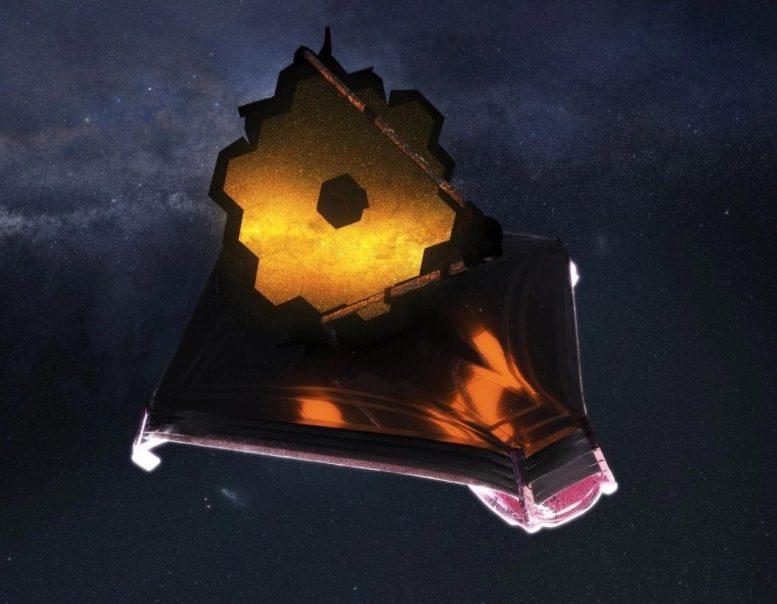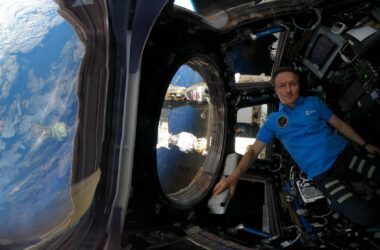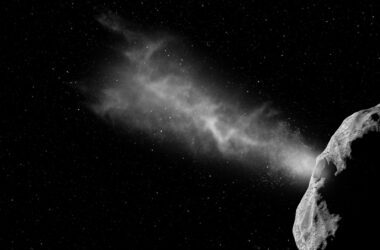
Cette conception d’artiste montre le télescope spatial James Webb entièrement déployé dans l’espace. Crédit : Adriana Manrique Gutierrez, animatrice de la NASA.
Le James Webb Space Telescope is taking exoplanet studies to the next level, helping us characterize the atmospheres of Earth-sized alien worlds for the first time. By utilizing transit techniques and spectroscopy, Webb will study planetary atmospheres to search for the building blocks of life elsewhere in the universe.
In the “Exploring Alien Worlds with NASA’s James Webb Space Telescope” series, Research Space Scientist Dr. Giada Arney from the NASA Goddard Space Flight Center introduces Webb’s scientific capabilities as they relate to the field of astrobiology and our search for life in the universe.
In this series, we’ll touch on Webb’s exploration of the TRAPPIST-1 system (a planetary system of seven rocky exoplanets), its search for atmospheric biosignatures (scientific evidence of past or present life), and the techniques Webb will use in its quest to #UnfoldTheUniverse.
Transcription de la vidéo :
Dr. Giada Arney : Les missions de la NASA comme Kepler, et aussi Tess, le Transiting Exoplanet Survey Satellite, ont vraiment révolutionné notre compréhension de la démographie des exoplanètes.
Elles nous ont révélé des propriétés planétaires de base, mais aussi très importantes, comme la taille des planètes, la distance entre ces planètes et leur étoile, la fréquence des différents types de planètes.
Mais nous voulons maintenant passer à l’étape suivante et en savoir plus sur ces planètes, non plus comme des sources ponctuelles éloignées, mais comme des lieux réels, comparables aux mondes de notre système solaire.
James Webb va donc nous aider à franchir cette nouvelle étape en caractérisant les atmosphères des exoplanètes.
Il va pouvoir mesurer la composition de ces atmosphères, et nous avons déjà pu le faire un peu pour la plus grande Jupiter-sized, “puffy” exoplanets with large atmospheres.
But we haven’t been able to do this for small planets about the size of Earth and with thin atmospheres.
So we really need a powerful and capable mission like James Webb to be able to make those really sensitive measurements to tell us what Earth-size exoplanets are truly like.



